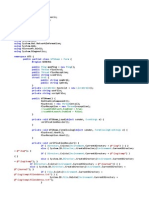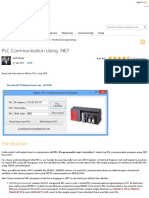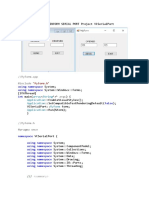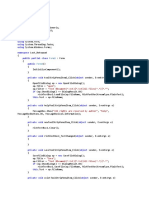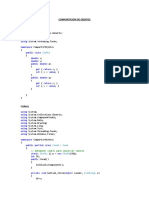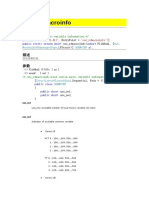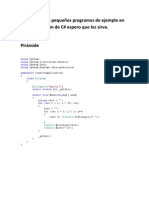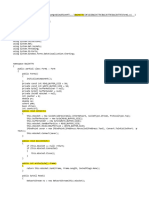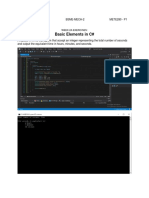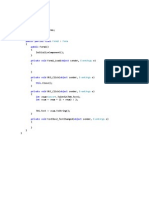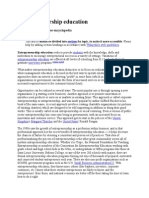0% found this document useful (0 votes)
44 views11 pagesCOPC DLL GetstartHelp
The document provides a comprehensive guide on using the COPC DLL for SCADA system development, detailing requirements, registration, and step-by-step instructions for connecting to an OPC server using various programming languages including C#, VB6, and VB.Net. It includes examples of code for creating instances, displaying and writing OPC tag values, and disconnecting from the server. Additionally, it covers connecting to an OPC server on another PC via Ethernet and offers contact information for further assistance.
Uploaded by
Carlos MedeirosCopyright
© © All Rights Reserved
We take content rights seriously. If you suspect this is your content, claim it here.
Available Formats
Download as PDF, TXT or read online on Scribd
0% found this document useful (0 votes)
44 views11 pagesCOPC DLL GetstartHelp
The document provides a comprehensive guide on using the COPC DLL for SCADA system development, detailing requirements, registration, and step-by-step instructions for connecting to an OPC server using various programming languages including C#, VB6, and VB.Net. It includes examples of code for creating instances, displaying and writing OPC tag values, and disconnecting from the server. Additionally, it covers connecting to an OPC server on another PC via Ethernet and offers contact information for further assistance.
Uploaded by
Carlos MedeirosCopyright
© © All Rights Reserved
We take content rights seriously. If you suspect this is your content, claim it here.
Available Formats
Download as PDF, TXT or read online on Scribd
/ 11











